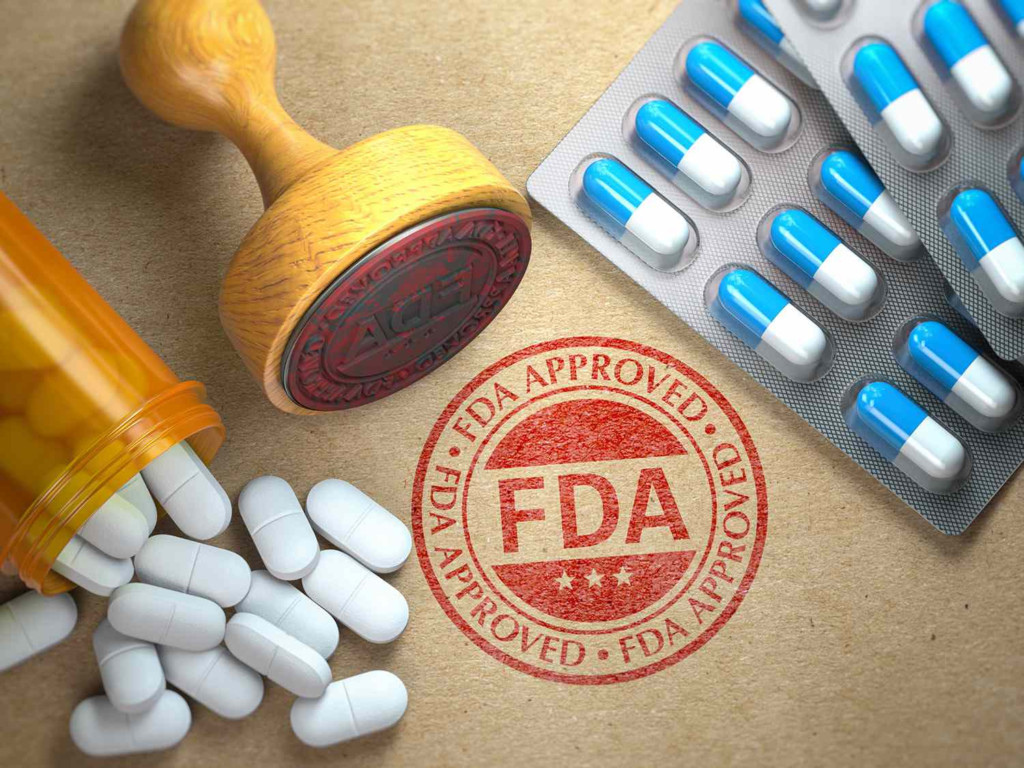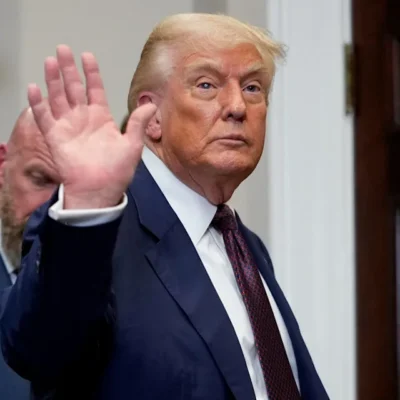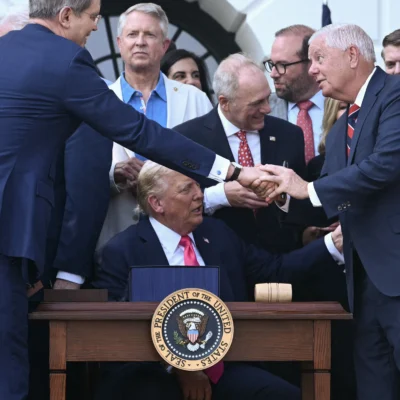In recent years, drug policy in the United States and other countries has gone through a dramatic transformation. What once was considered taboo is now being discussed at the highest levels of government. The debate around drug legalization and decriminalization—particularly for marijuana—is gaining momentum, shifting both public opinion and legal frameworks. This shift represents more than a change in laws; it’s a change in mindset.
Understanding Legalization vs. Decriminalization
Before diving deeper, it’s important to understand the difference between legalization and decriminalization:
- Legalization allows the legal sale, possession, and use of certain substances under regulated systems.
- Decriminalization reduces or removes criminal penalties for possessing or using certain substances but does not make them fully legal.
These changes primarily aim to reduce mass incarceration, improve public health, and generate tax revenue.
Marijuana at the Forefront
Marijuana is at the center of drug policy reforms. Over 20 states in the U.S. have already legalized marijuana for recreational use, and more than 35 allow it for medicinal purposes. In 2025, several new states—including Pennsylvania, Florida, and Ohio—are expected to vote on similar initiatives.

According to Pew Research, nearly 88% of Americans support marijuana legalization in some form. Public support has made it politically viable for lawmakers to push for reform at both state and federal levels.
Federal Action and the SAFE Banking Act
While many states have moved ahead with marijuana reforms, the federal government still classifies it as a Schedule I drug. This classification creates challenges for businesses and individuals involved in the cannabis industry. However, recent federal efforts, such as the SAFE Banking Act, aim to ease restrictions on financial institutions that work with legal cannabis businesses.
If passed, the SAFE Banking Act would allow cannabis companies to access traditional banking services, helping them grow safely and legally. This is a significant step toward legitimizing the industry on a national scale.
You can read more about this development from Congress.gov.
Decriminalization Trends Beyond Marijuana
While marijuana leads the charge, other substances are also being considered for decriminalization or harm-reduction strategies. Cities like Portland, Oregon, and Denver, Colorado, have already decriminalized small amounts of psychedelic substances such as psilocybin (magic mushrooms).
Oregon even passed Measure 110, a law that decriminalized the possession of small amounts of all drugs. Instead of jail time, individuals caught with these substances are offered treatment and counseling options. Early data shows that this approach could significantly reduce repeat offenses and improve public health outcomes.
Global Influence and Lessons
The United States isn’t alone in this transformation. Countries like Canada, Uruguay, Portugal, and Germany are also revising their drug policies.
- Portugal decriminalized all drugs in 2001 and has since seen a drop in drug-related deaths and addiction rates.
- Germany recently announced its plan to legalize cannabis for recreational use, setting a precedent for the European Union.
These examples show how drug policy reforms can improve society by treating addiction as a public health issue rather than a criminal one.
The Economic Impact
Legalizing marijuana is not just a social issue; it’s also an economic one. States like California and Colorado have generated billions in tax revenue from cannabis sales. In 2023 alone, cannabis sales in the U.S. topped $30 billion, according to Statista.

This revenue is often reinvested into communities through education, healthcare, and social programs. It also supports job creation—over 420,000 people are currently employed in the cannabis industry in the U.S.
Public Health and Safety Considerations
One of the biggest concerns around drug legalization is public health. Opponents argue that legal access could increase addiction and misuse. However, most research shows that regulated markets, combined with education and treatment, result in safer outcomes than prohibition.
Decriminalization also reduces the burden on law enforcement and the legal system, allowing resources to be redirected to more serious crimes.
For more public health data, visit CDC’s official site.
Challenges and Opposition
Despite growing support, drug policy reform still faces resistance. Some lawmakers, community leaders, and law enforcement agencies worry about long-term societal effects. There’s also concern over how to regulate new substances safely, ensure age restrictions are enforced, and maintain traffic safety.
States that have legalized marijuana are still working out issues like product testing, THC limits, and advertising laws to protect minors.
What’s Next?
The future of drug policy in the U.S. is moving toward a more flexible, evidence-based approach. Federal legalization of marijuana could become a reality within the next few years if current political trends continue. Meanwhile, local governments are experimenting with new approaches to decriminalization and harm reduction.
Advocates hope that these shifts will create a more just and health-focused society—one that recognizes the complexity of drug use and addiction.
Final Thoughts
The push for drug policy changes is not just about marijuana or magic mushrooms—it’s about rethinking how society deals with substances, addiction, and public health. Legalization and decriminalization efforts reflect a broader movement toward compassion, regulation, and education.
As the conversation evolves, staying informed and engaged will be key to understanding how these changes may impact you and your community.
For deeper insight into ongoing policy developments, follow NORML and Drug Policy Alliance—two major advocacy organizations leading the charge for reform.
Also Read – U.S. Inflation Drops Sharply to 2.3% in April






